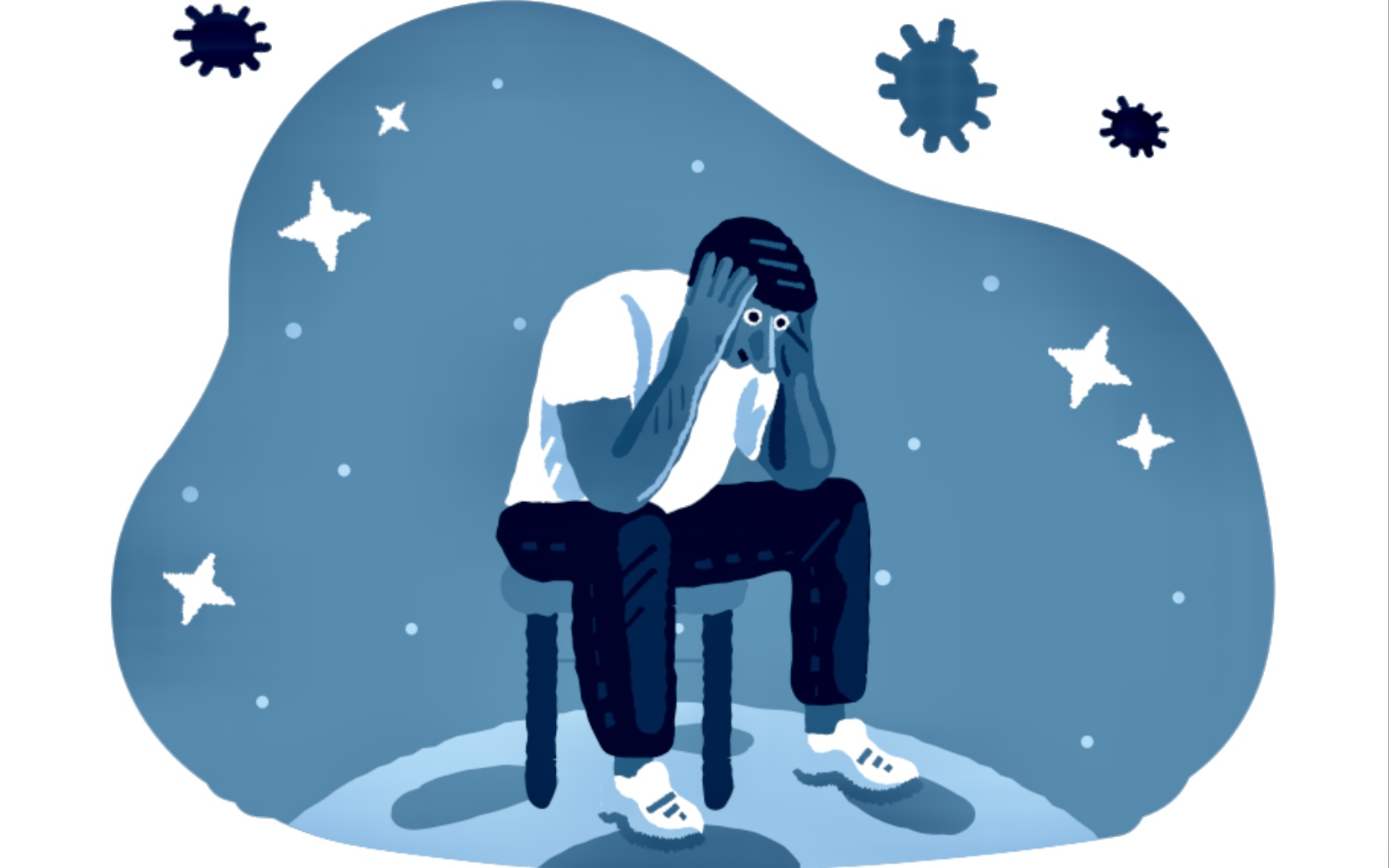Nature recently wrote on four key questions surrounding long-term COVID-19 symptoms. And we summarize them here.
Long Covid” or “Post Covid” is condition in which symptoms continue even after someone recovers from the virus itself. More, those suffering from it are often known as “long haulers”.
But the symptoms and severity vary with each case, sometimes resulting in long hospitalizations. In fact, symptoms vary and may include: fatigue, chronic headaches, fever, depression, pain, a loss of taste and smell, difficulty thinking, a racing heart and many others issues.
However, there is no clear definition what this is. And some use 4 weeks as a metric.
The virus is known to cause chronic complications for some. And they experience symptoms long after the virus is gone. More, the condition was known early in the pandemic.
In fact, we began reporting on it first in children. And then in adults. A recent article published in Nature looks at four key questions surrounding chronic illness. And we summarize them here:
1) How many people get long COVID and who is most at risk?
Now more data is available than before. And it helps to better understand this key question. But as Nature points out, it is too early to access who is most at risk; and why it affects only some.
One study found nearly 14% were impacted 12 weeks after testing positive.
Another study looks at patients 5 weeks out. And it found that nearly 23% of women and 19% of men still had symptoms.
If you compare the two studies, it likely means there ~25% recovery between weeks 5 and 12. And likely some improve after 12 weeks, too.
2) What is the underlying biology of long COVID?
This is not understood. And especially since the virus is no longer present. But researchers found virus particles remain in the body for months. And this could contribute.
3) What is the relationship between long COVID and other post-infection syndromes?
Long-term illness from infection is not new. And it is not unique to COVID-19. It has been researched for many years. And research will continue to better understand it.
4) What can be done to help people with long COVID?
It is very challenging. And that is because it often impacts many different parts of the body. But this requires access to multidisciplinary teams. And that makes it very difficult to treat.
More support is needed. And that is because most facilities are not equipped for complex cases. This, one potential solution os classify the condition as a disability.
Illustration by Natasha Remarchuk

